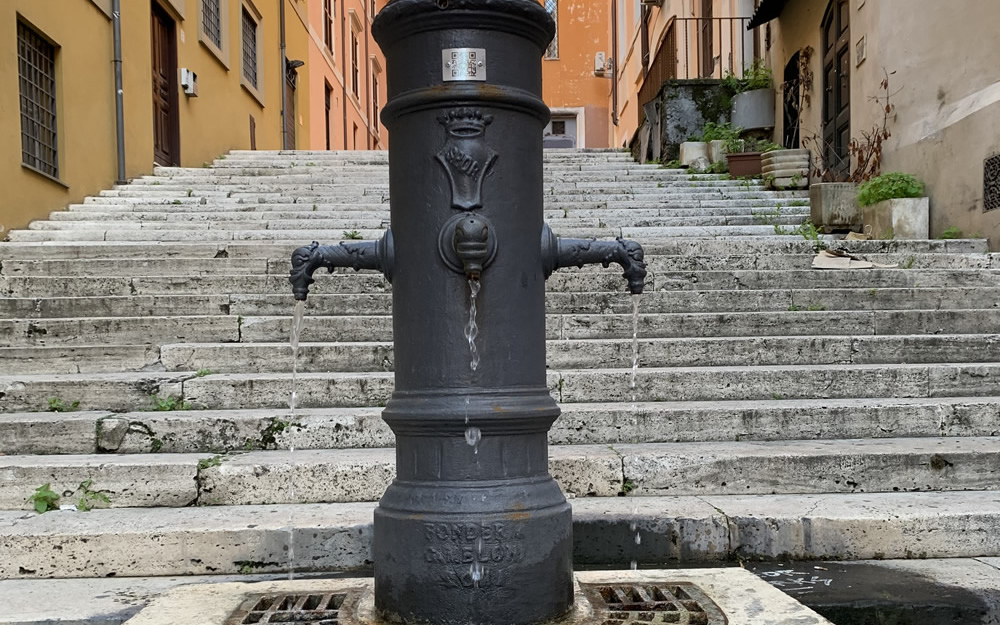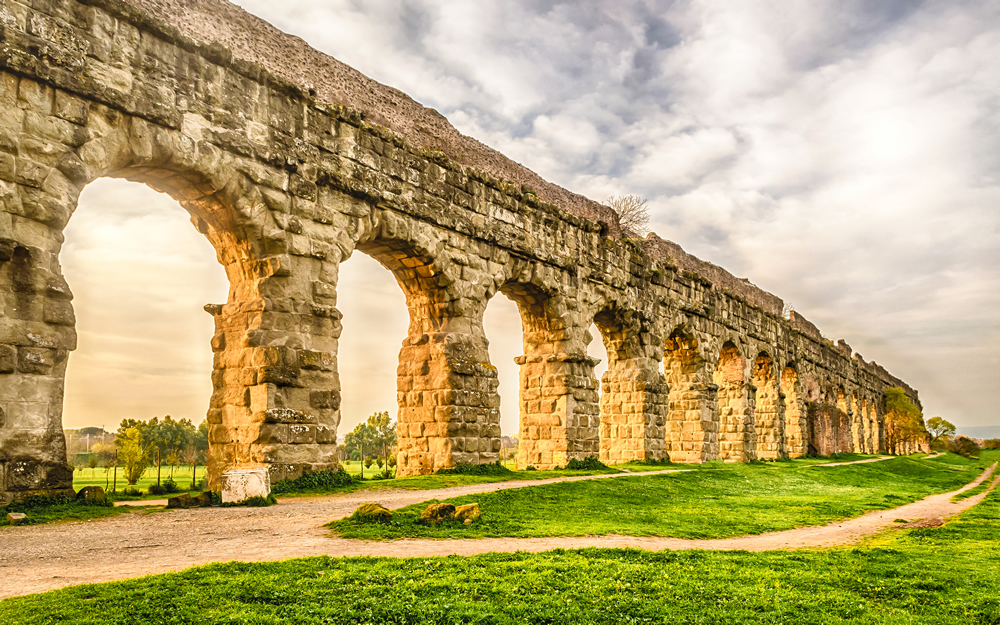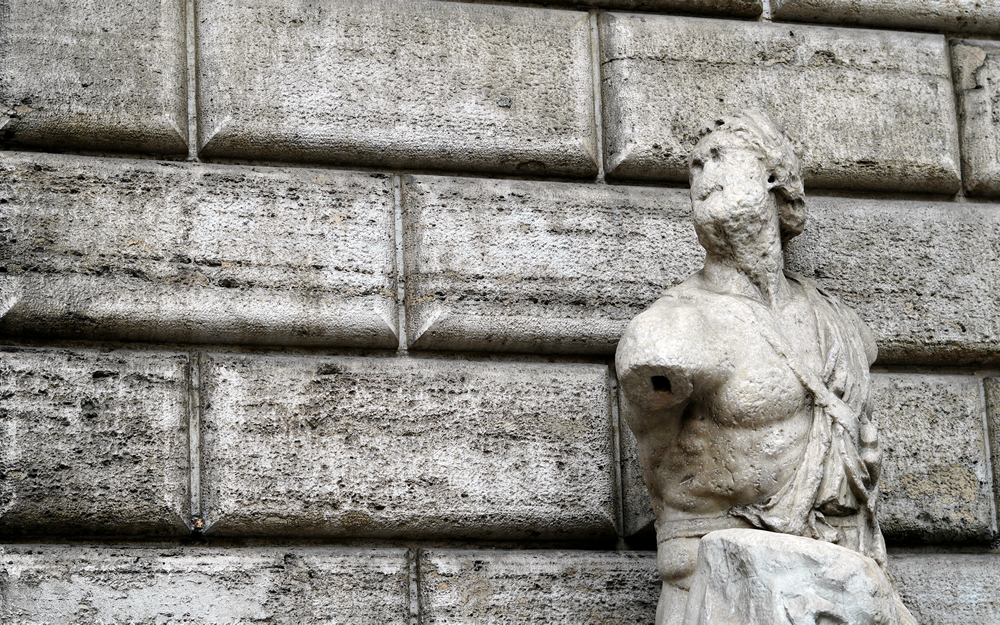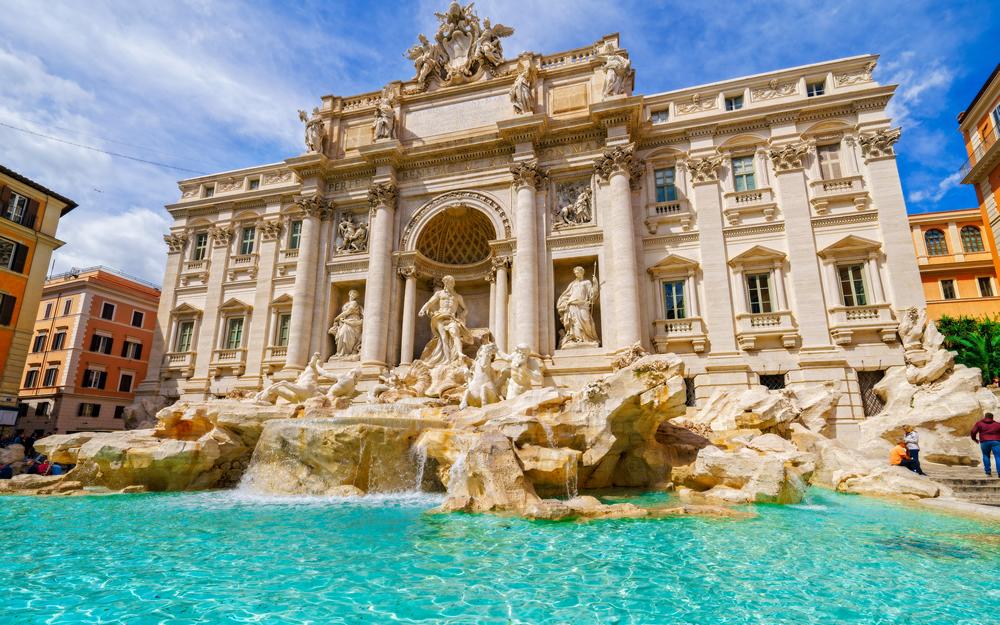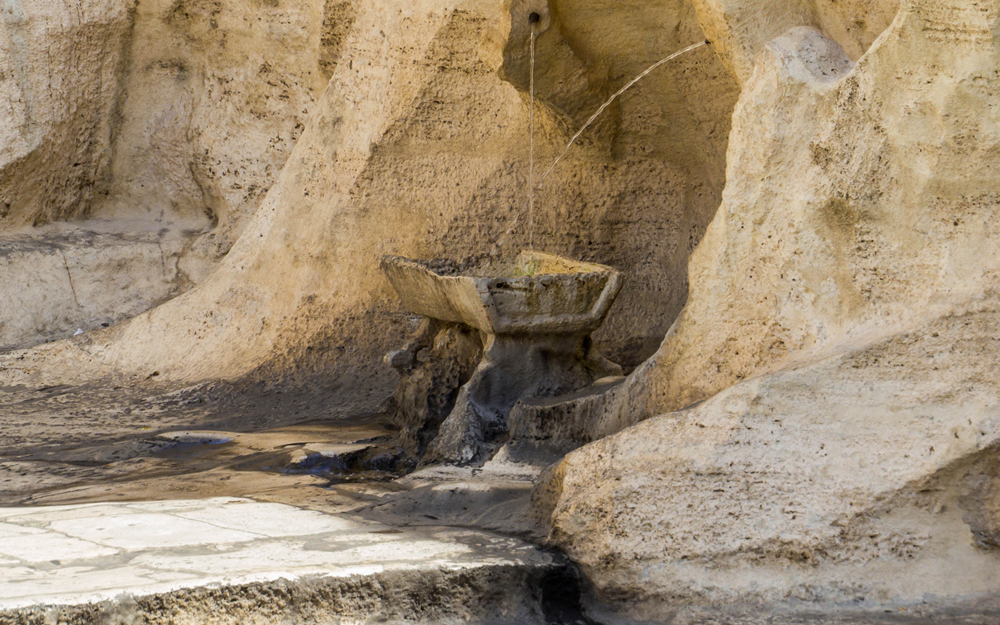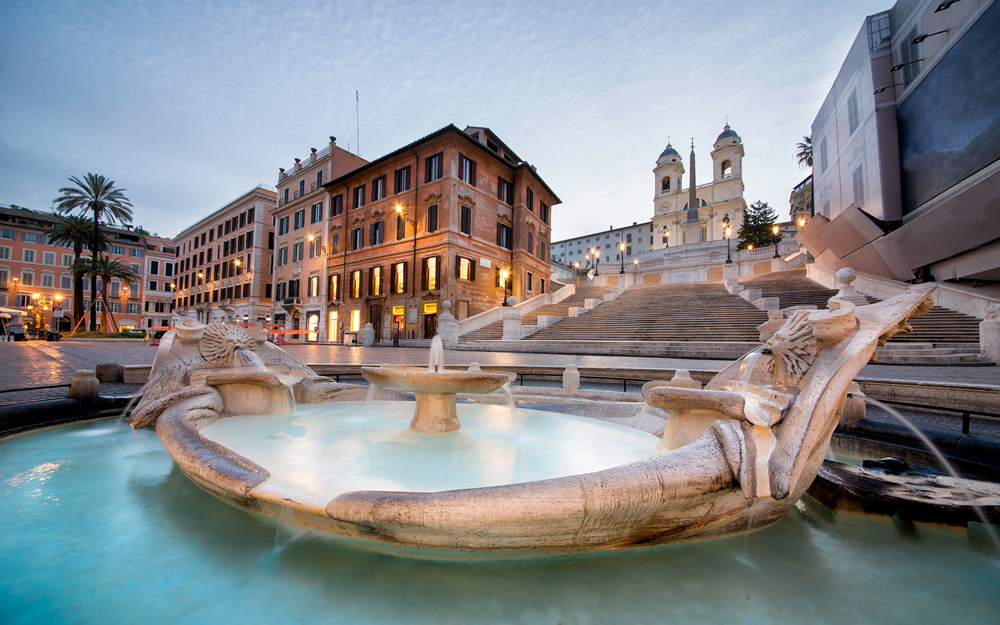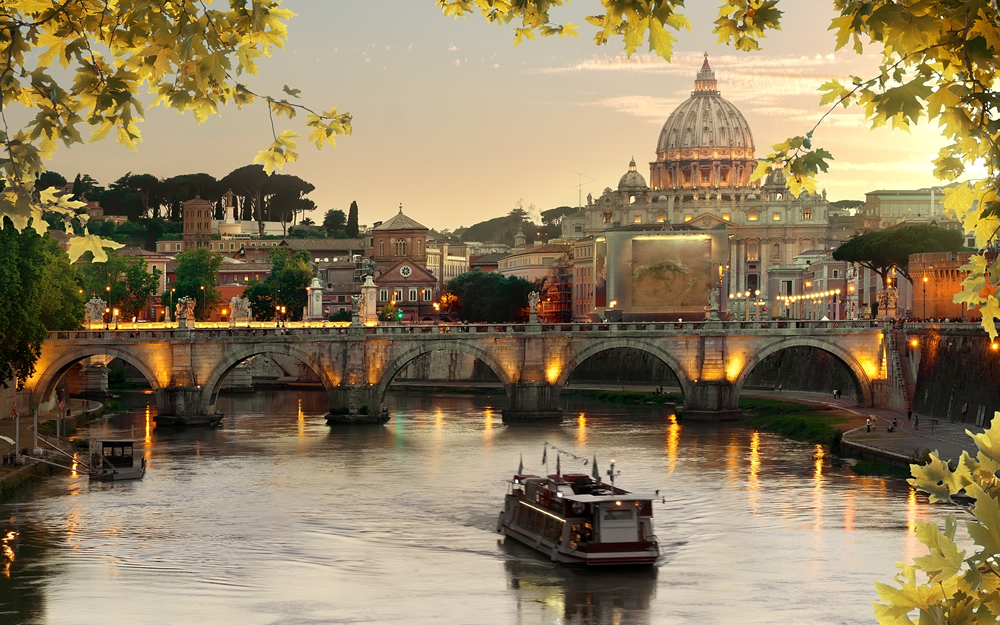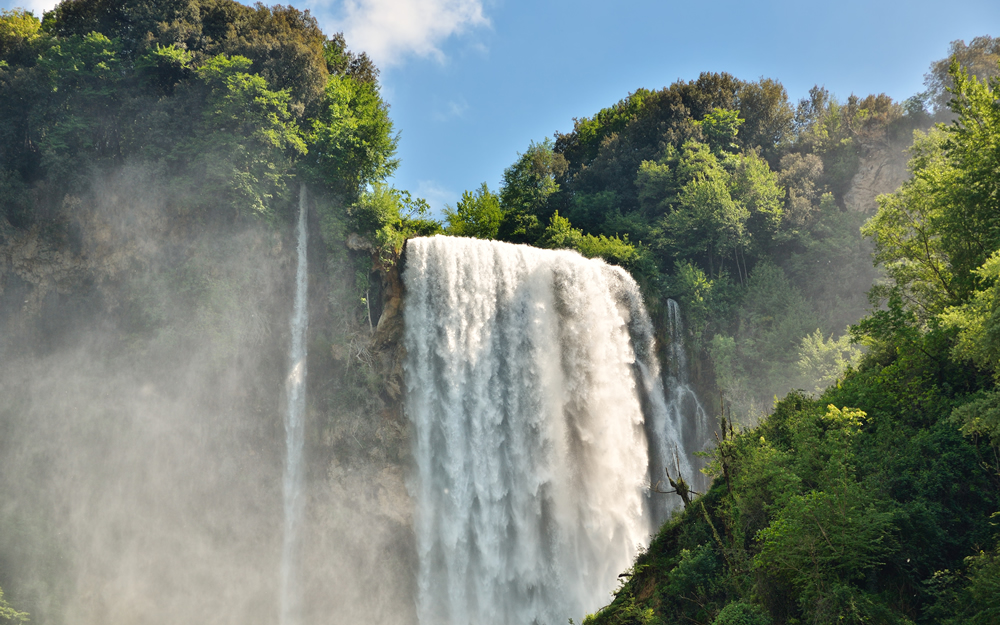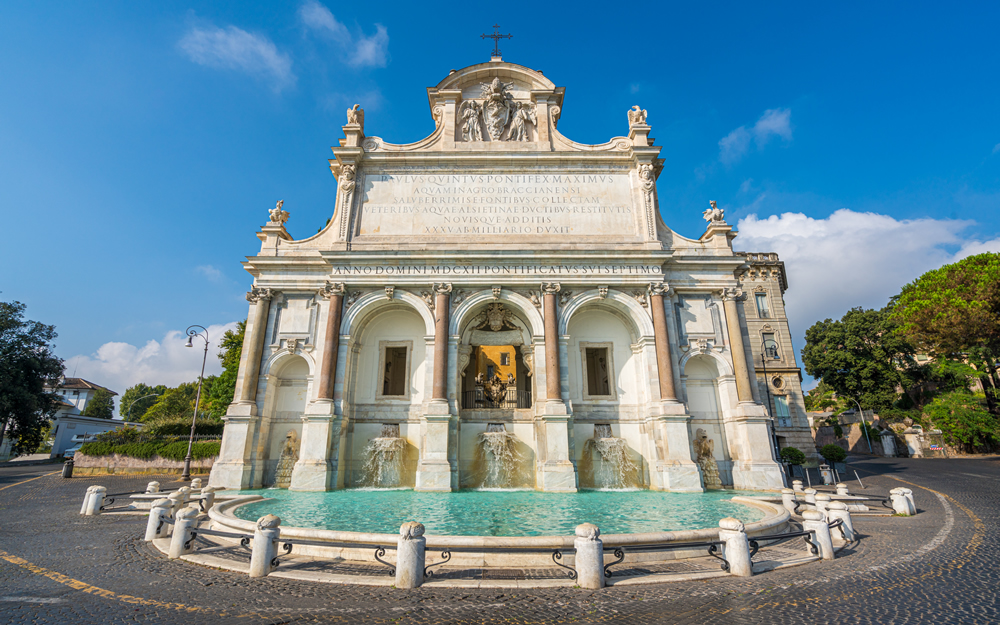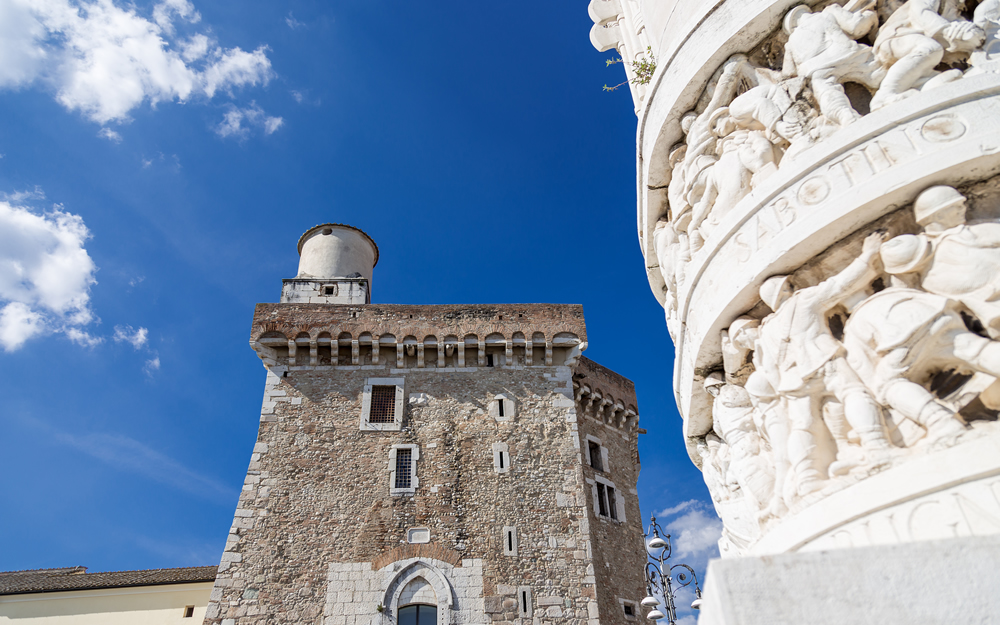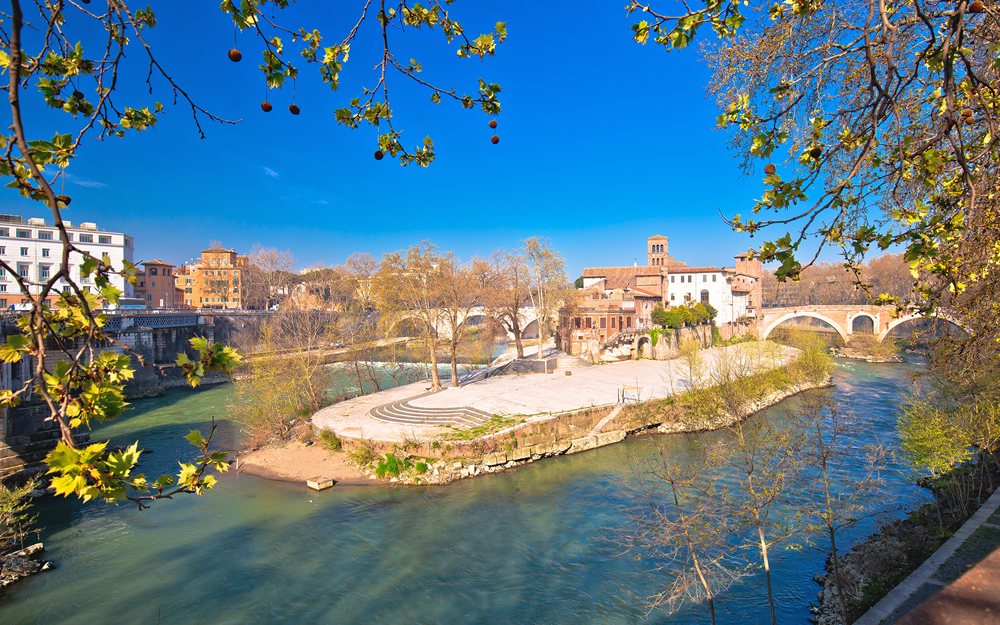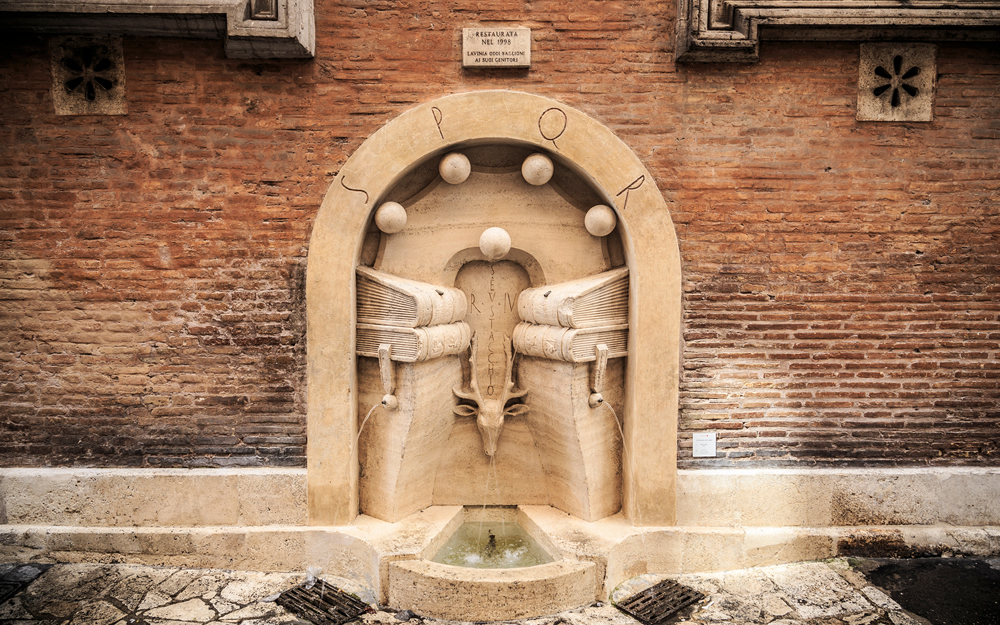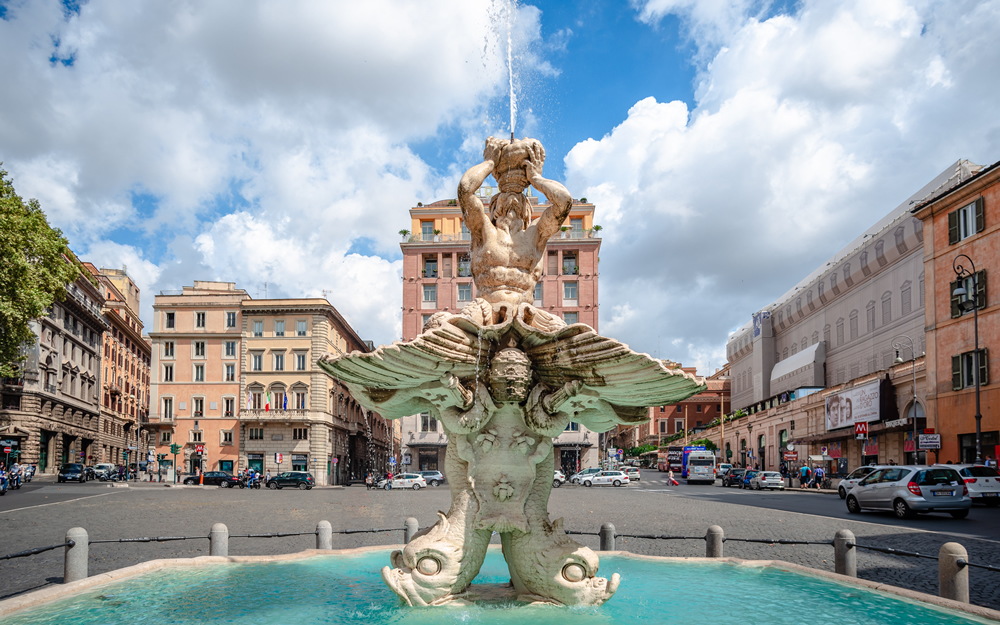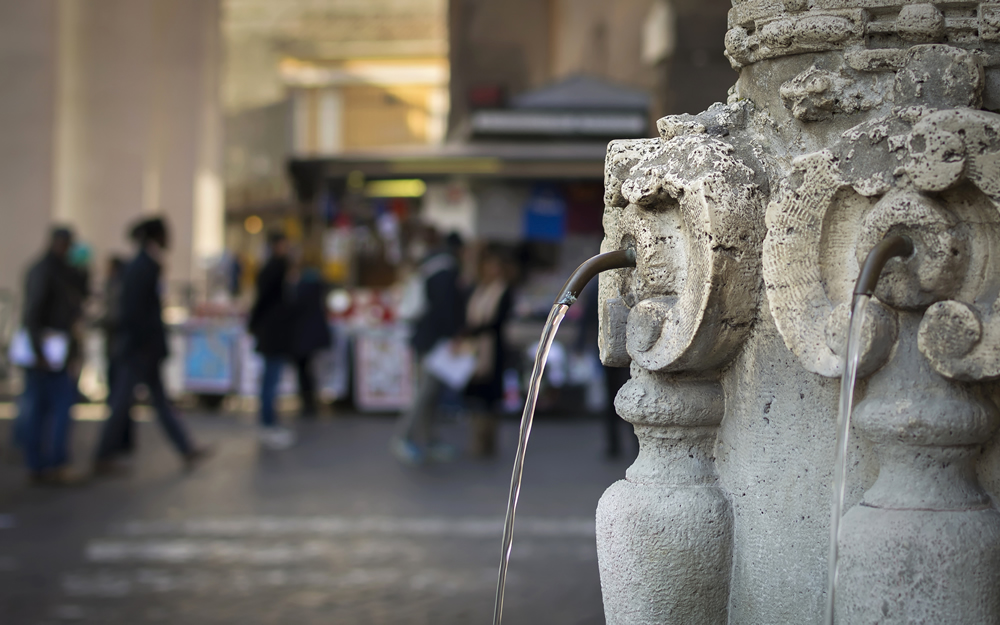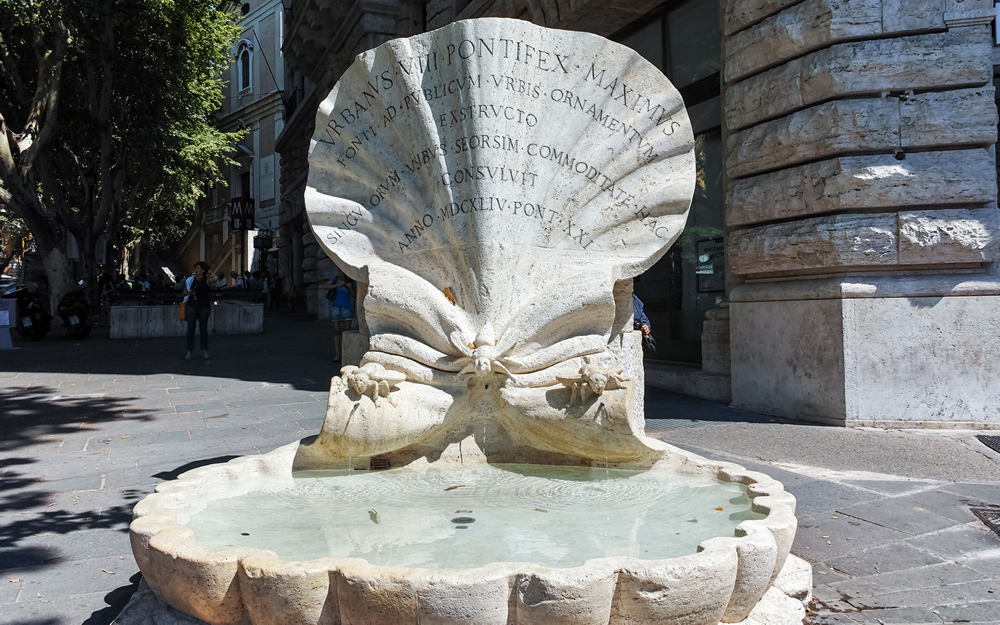- Home /
- Voice from the city /
- Fun facts on the Fountain of the Four Rivers in Rome
Fun facts on the Fountain of the Four Rivers in Rome
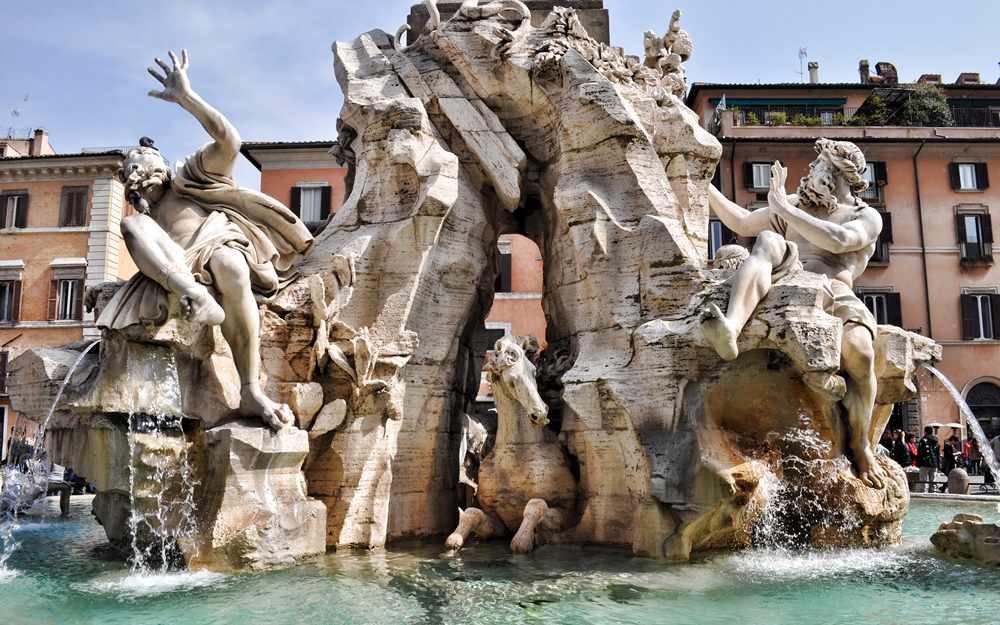
You cannot visit the Eternal City without exploring its marvelous squares. Among these, is undoubtedly Piazza Navona with its majestic Fountain of the Four Rivers. One of the most photographed monuments of the capital, and at the center of a famous legend. In this article, we will reveal 10 fun facts about this extraordinary work.
1. Who commissioned the Fountain of the Four Rivers?
Pope Innocent X Pamphilj commissioned the Fountain of the Four Rivers. The Pontiff ordered1 that the water from the Vergine aqueduct had to pass into Piazza Navona before reaching the Trevi Fountain. To carry out this project, he issued a tender in which some of the greatest architects of the time took part.
2. What was in the square before the Fountain of the Four Rivers?
The fountain is located at the center of Piazza Navona, right in front of the church of Sant’Agnese in Agone, where there used to be a drinking trough, a simple square basin where horses could quench their thirst. Here, in 1648, the construction of Palazzo Pamphilj had already begun and was completed two years later.
3. The Fountain of the Four Rivers: a disputed work…
The project was initially assigned to Francesco Borromini but, with an excellent ploy, his historical rival Gian Lorenzo Bernini managed to steal the assignment from him. The latter created a silver model of the fountain and had it delivered to the Pope's sister-in-law, Donna Olimpia Maildachini, well aware of the extraordinary influence that the woman had on the Pope. And, in fact, he got the job.
4. When was the Fountain of the Four Rivers built?
The Fountain of the Four Rivers was built between 1648 and 1651. A collective of brilliant sculptors and stonemasons (including Giacomo Antonio Fancelli, Claude Poussin, Antonio Raggi, Francesco Baratta and Giovan Maria Franchi) worked under the direction of Bernini, who also personally added some finishing touches.
5. Why is it called Fountain of the Four Rivers?
The Fountain pays homage to the generosity of nature through natural elements (palm trees, peonies, agaves) and animals (lion, armadillo, sea snake, horse, earth snake, dolphin and dragon). These surround the four giants, that are seated on the central rock. The giants represent the most important rivers of the four continents known at that time: the Nile, the Ganges, the Danube and the Rio de la Plata.
6. A monument that changed aesthetic canons!
Did you notice that the obelisk seems to be hanging midair? Its position was extremely innovative at the time: Bernini made sure that only the edges of the monolith were placed on the statues. So, what’s under its center then? Well… just air!
7. Did you know that the obelisk has its own unique history?
The obelisk was built in southern Egypt, in Aswan, in the first century and placed between the temples of Serapis and Isis. It remained there until 311, when Maxentius took it to Rome and placed it in the gardens of his villa on the Via Appia. By doing this, the emperor wanted to remember his son Valerio Romolo, who had died two years earlier. The obelisk collapsed during the Middle Ages and then was neglected for several centuries. It was recovered only in 1647 by Pope Innocent X, who decided to reuse it in Piazza Navona. It is 16.54 meters high, but it exceeds 30 if you also count its base and the bronze dove positioned on the top, a symbol of peace and of the Pamphilj family.
8. The legend of the Fountain of the Four Rivers: the Rio de la Plata
The urban legend of the Fountain of the Four Rivers comes from the notorious rivalry between Bernini and Borromini, both protagonists of the Baroque scene, who worked in the same city and competed several times against each other for the same assignments. At the center of the legend is the giant that represents the Rio de la Plata. This statue, located right in front of the Church of Sant'Agnese in Agone (created by Borromini) is depicted with an arm raised above its head. Popular imagination was quick to interpret this peculiar position as a gesture of contempt (it certainly would not be the first) towards his rival’s work. But this is just a legend, because, when Bernini designed the Fountain of the Four Rivers, the Church did not exist yet!
9. How did the public react?
Poets, writers and architects showed great enthusiasm. While the citizens of Rome had the opposite reaction. The work cost an obscene amount of money, so much so that Innocent X was forced to introduce a tax on bread in order to finance it. The hatred of the Romans wasn’t only directed towards the Pope, it was mostly directed to his sister-in-law, Olimpia Maildachini.
10. Did you know it was renovated twice?
Today, the fountain of the Four Rivers is owned by Roma Capitale. In recent years, it has undergone two renovations. The first one, a cleaning operation in 2009, that cost 622 thousand euros. The second in 2021, to do maintenance on some of the details, such as the jaw of the Lion and the garland of the Ganges.
Would you like to learn more about the wonders of Rome? Take a look at the Acea Waidy Wow routes to discover monuments, water points and places of extraordinary cultural and naturalistic interest!



